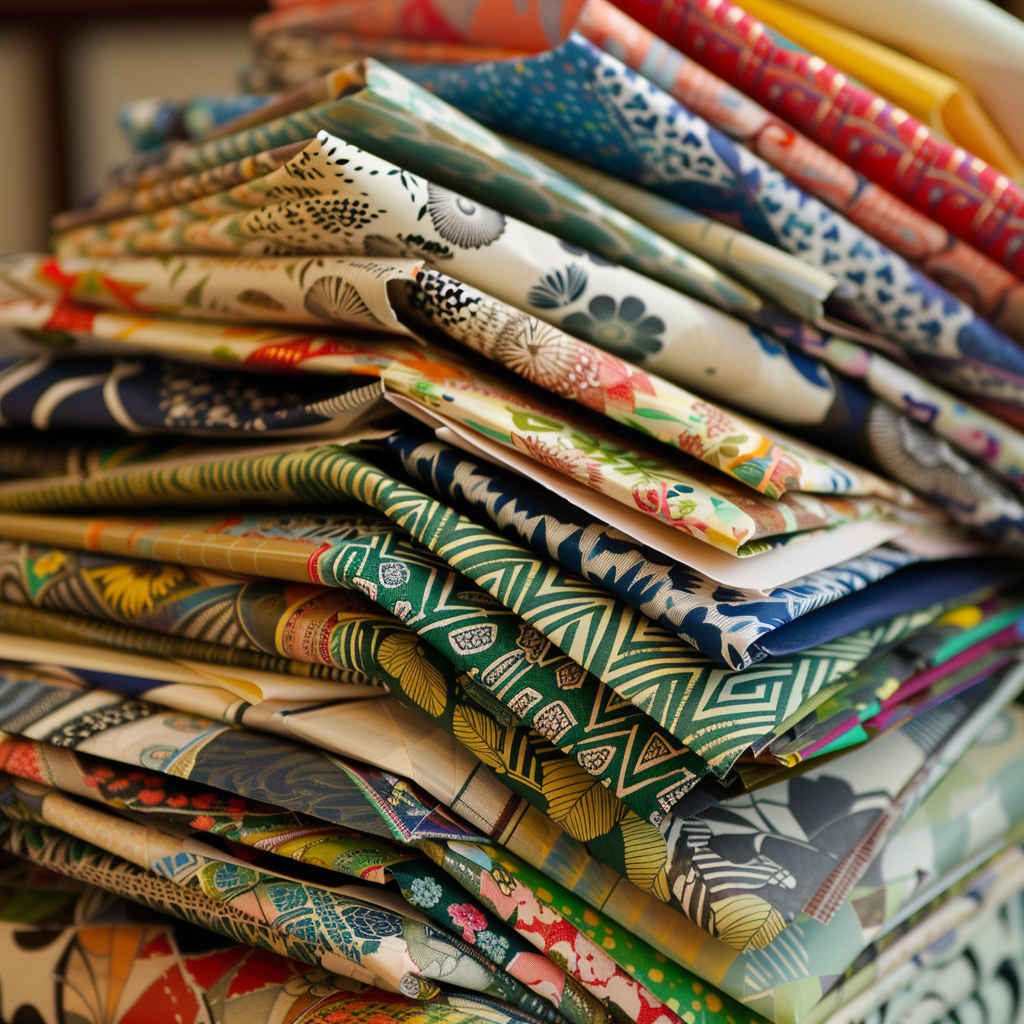Washi: The Traditional Japanese Paper for Origami Creations
For centuries, origami artists have treasured a special paper known as Washi. More than just a material, Washi is a cultural icon, embodying the beauty and craftsmanship of traditional Japanese art. Let’s delve into the world of Washi and discover why it’s the perfect medium for elevating your origami creations.
A Legacy Woven from Fibers:
Washi, meaning “Japanese paper” in English, boasts a rich history dating back over 1,300 years. Unlike commercially produced paper, Washi is meticulously handcrafted using natural fibers like mulberry, mitsumata, and kozo. This intricate process imbues Washi with unique qualities that make it a dream for origami enthusiasts.
Strength Meets Delicacy:
One of Washi’s most prized features is its remarkable balance between strength and delicacy. Despite its thinness, Washi possesses an exceptional durability that allows for intricate folds without tearing. This means your origami creations can withstand the test of time, remaining vibrant and crisp for years to come.
A Canvas for Artistic Expression:
Washi unfolds a world of artistic possibilities for your origami creations. Unlike commercially produced paper, Washi comes in a vibrant array of natural dyes, creating a spectrum of colors unmatched by mass-produced alternatives. Additionally, Washi can have beautiful, subtle variations in texture, adding depth and character to your origami pieces. Imagine a majestic origami crane crafted from Washi with a delicate woven texture or a vibrant origami flower blooming in a multitude of natural hues – the possibilities for artistic expression are endless.
Beyond Color and Texture:
Washi’s artistry extends beyond vibrant colors and textures. Some Washi papers are adorned with traditional Japanese designs like delicate floral patterns or intricate geometric motifs. These pre-existing patterns can elevate your origami creations to a whole new level, adding a touch of cultural heritage to your artwork.
A Touch of Authenticity:
For origami enthusiasts seeking a truly authentic experience, using Washi is an exceptional choice. By choosing Washi, you’re not just creating an origami masterpiece; you’re connecting with a centuries-old tradition and appreciating the meticulous craftsmanship of Japanese artisans.
Finding the Perfect Washi for You:
With such a vast array of Washi options available, finding the perfect paper for your origami project can be exciting. Here are some factors to consider:
- Project Difficulty: For beginners, using Washi with a smoother texture and lighter weight might be easier to handle. As your skills progress, explore textured or heavier Washi for more complex models.
- Desired Effect: If vibrant colors are a priority, explore pre-dyed Washi sheets. For a more natural look, consider using undyed Washi with subtle texture variations.
- Budget: Due to its handcrafted nature, Washi can be more expensive than commercially produced paper. Consider buying smaller sheets or exploring online retailers for affordable options.
Unfold the Legacy of Washi:
Washi is more than just paper; it’s a gateway to Japanese culture and artistic tradition. By incorporating Washi into your origami creations, you’re not just elevating your artwork; you’re embracing a legacy of craftsmanship and adding a touch of authenticity to your artistic journey. So, explore the world of Washi, discover its unique properties, and embark on an origami adventure filled with beauty, tradition, and endless creative possibilities!

